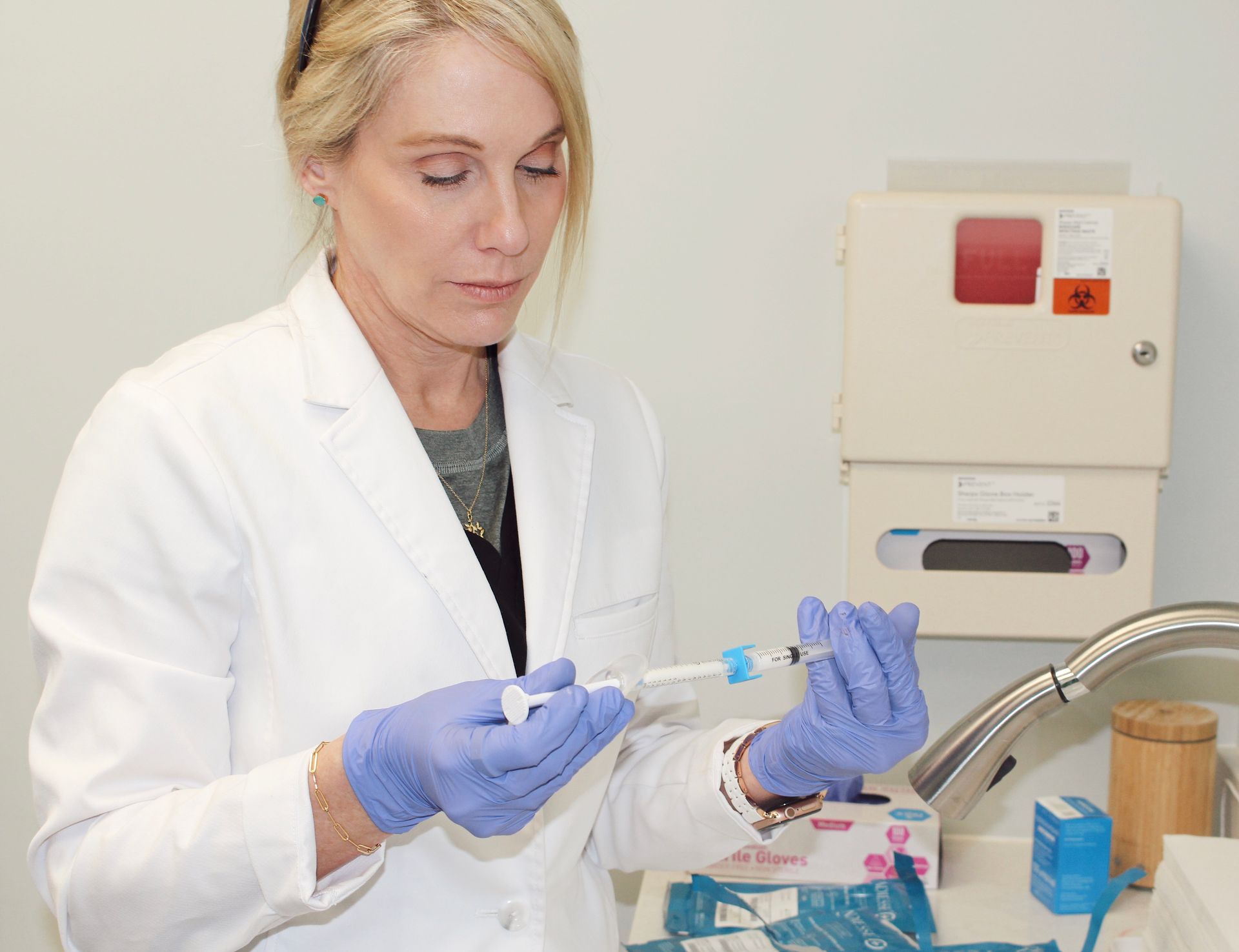Biopsies and Excisions
Improves Discoloration and Redness
Skin Tightening
Collagen Stimulation
Skin Rejuvenation
What is a surgical excision?
Among the most common melanoma, skin cancer solutions are surgical excision. By using this procedure, your provider will cut away the melanoma or malignant lesion together with the surrounding tissue, which may appear to be healthy. The excised (or cut) skin tissue is then passed to a pathologist for additional testing, called a biopsy, to ascertain whether or not the remaining area is cancer-free. In the event the tissue turns out to be cancerous, another procedure would be required to eliminate all cancer. Here, at Kind Health Group we consult with individuals on a regular basis to ascertain whether surgical excision is the right treatment choice for their melanoma skin cancer.
What is a skin biopsy?
Doctors and dermatologists all over the world use biopsies to detect the presence of skin cancer and other forms of cancer. At Kind Health Group, if deemed necessary, our providers perform excision biopsies to remove potentially cancerous cells and then send the sample off for testing. In a biopsy, we will remove the mole, growth, or freckle in question with a scalpel. That sample is then sent to a lab, where the presence or absence of cancer cells can be detected. A skin biopsy procedure for a small mole or lesion is usually very quick and easy unless the treatment area is larger or in a hard-to-reach body area. Your provider will start by cleaning the treatment area. Then they will numb it with a local anesthetic. They will cut away the affected skin, and depending on the size of the sample, one or two stitches may be needed before they dress it with a sterile bandage. It can typically take up to seven days to two weeks to get the results of a skin biopsy.
Ideal Candidates
You're probably a candidate for surgical excision if you have skin cancer near your torso, arms, or legs. This process is usually easier and faster than other surgical removal techniques but is not as cosmetically inconspicuous, meaning you may have a scar. This technique is sometimes utilized to allow for thorough observation of skin cancer lesions, so those in need of further diagnostic testing with a biopsy may also be candidates for surgical excision.
What to expect
The length of your recovery and downtime could vary depending on the location and size of the particular excision, as well as whether skin grafts were required to complete your procedure. After your procedure, you may experience a burning sensation or general discomfort in the region where the melanoma was excised. For your first few days following the procedure, you're advised to use an over-the-counter medication such as acetaminophen to relieve pain. You should also expect some scarring that will be red at first but will lighten with time. Various ointments or gels may be utilized to help lighten the scar. To protect the wound, a bandage should be placed on the treatment site when in the sun.
Meet our PA-C
Kellye Vogel is a Board-Certified Physician Assistant specializing in Dermatology and Laser Therapy.



